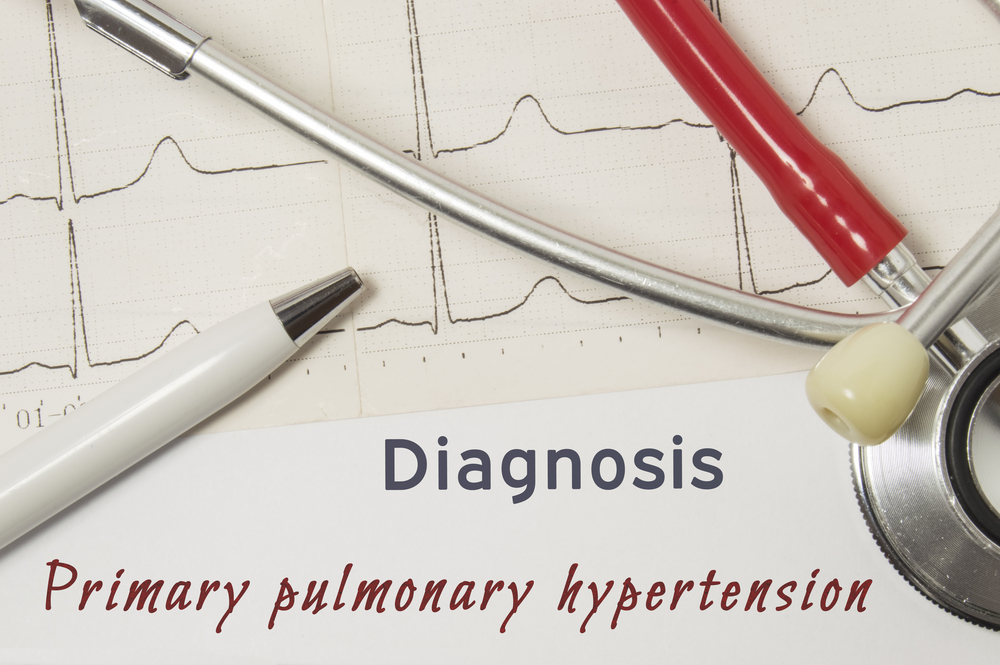There are 5 types of pulmonary arterial hypertension.
Group 1 Pulmonary Arterial Hypertension
Pulmonary hypertension is the main type of the illness that isn’t alluded to pulmonary hypertension.
It can be classified as idiopathic, inherited, or can be due to abuse of opiates or poisons or as the effect of another disease like scleroderma, lupus, or HIV.
Group 2 Pulmonary Hypertension
This group involves patients who have developed pulmonary hypertension because of left heart disorders, for example, left ventricular diastolic dysfunction or valvular disease.
Group 3 Pulmonary Hypertension
This group involves to patients who have pulmonary hypertension due to hypoxia or another lung problem like for COPD, interstitial lung diseases, and high-altitude exposure.
Group 4 Chronic Thromboembolic Pulmonary Hypertension
This can result from blood clumps that form in the lungs.
Group 5 Pulmonary Hypertension due to other disorders
This group is made up of Individuals with other problems and conditions, such as blood disorders, metabolic problems, thyroid disease or kidney illness.
The following are the most widely recognized side effects for primary pulmonary hypertension. Symptoms can grow so gradually that you can have it for a considerable length of time without knowing it. Nonetheless, every individual may encounter manifestations in an unexpected way. Symptoms may include:
- Bluish discoloration of the lips and skin
- Chest pain
- Dizziness
- Dry cough
- Extreme tiredness
- Fainting
- Fluttering fast beating heart
- Swelling in the lower legs
- Trouble breathing or shortness of breath


